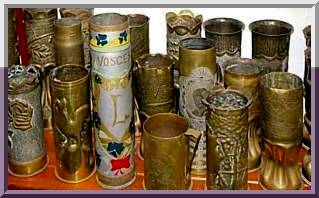 |
 |
 |
 |
 |
 |
 |
 |
 |
 |
 |
 |
 |
 |
 |
 |
 |
 |
 |
 |
 |
 |
 |
 |
 |
 |
 |
 |
 |
 |
 |
 |
 |
 |
 |
 |
 |
 |
 |
 |
 |
 |
 |
 |
 |
 |
 |
 |
 |
 |
 |
 |
 |
 |
 |
 |
 |
 |
 |
 |
 |
 |
 |
 |
 |
 |
 |
 |
 |
 |
 |
| | If you have any feedback on how we can make our new website better please do contact us. We would like to hear from you. | |
|
|
 |
|
|
|
 |
 |
 |
"DAZZLE" SHIPS
Artist, Tobias Rehberger, created a contemporary dazzle design for HMS President (1918) as part of 14-18 NOW, WW1 Centenary Art Commissions.
This temporary artwork took as its starting point a style of optical distortion used extensively in the First World War, called "Dazzle" painting.
Devised by British Artist Norman Wilkinson, and supervised by vorticist artist Edward Wadsworth, the camouflage technique incorporated bold shapes and strong contrasts, with an aim to confuse rather than conceal. HMS President (1918) is one of three surviving WW1 warships. It was "dazzled" on its launch in 1918 under its original name HMS Saxifrage.
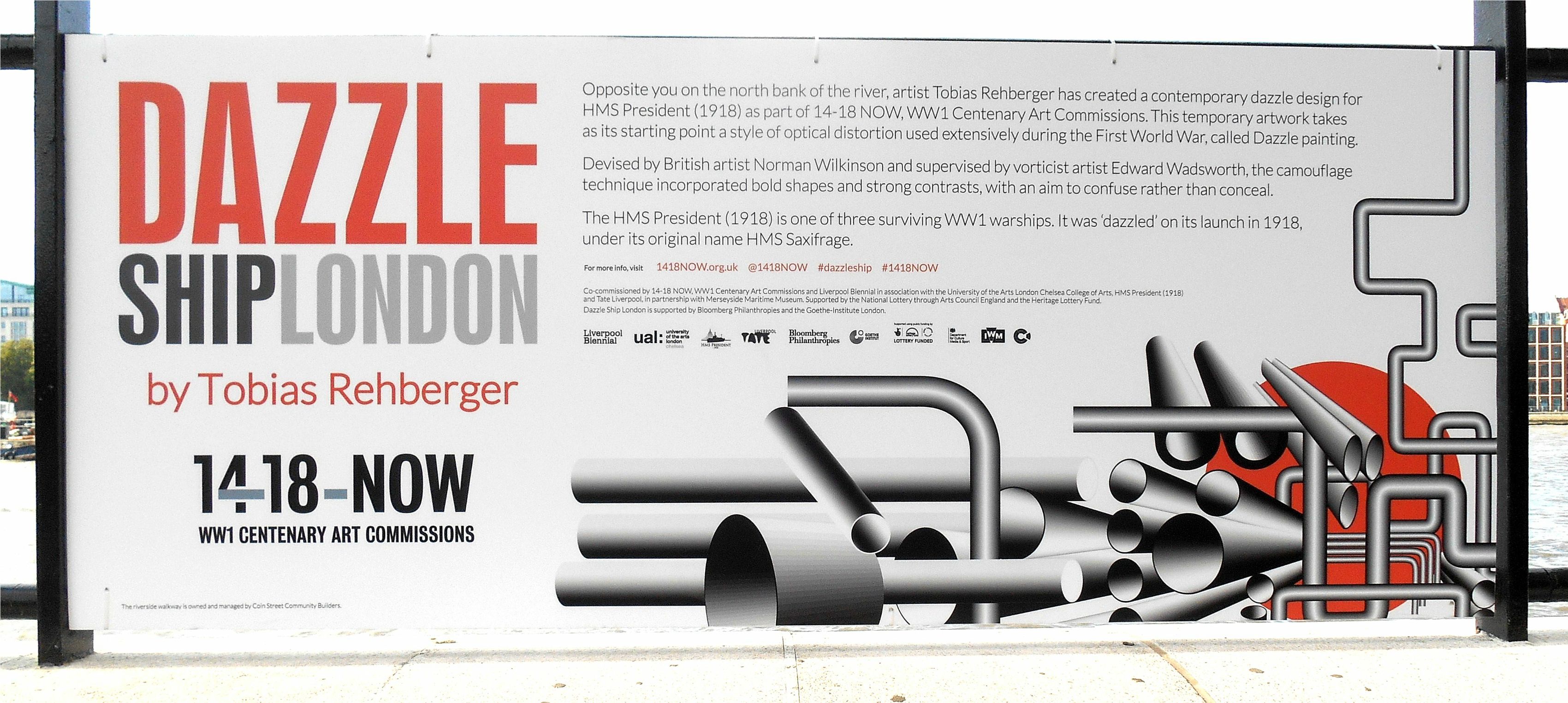
(Above and below - River Thames, London, August 2014)
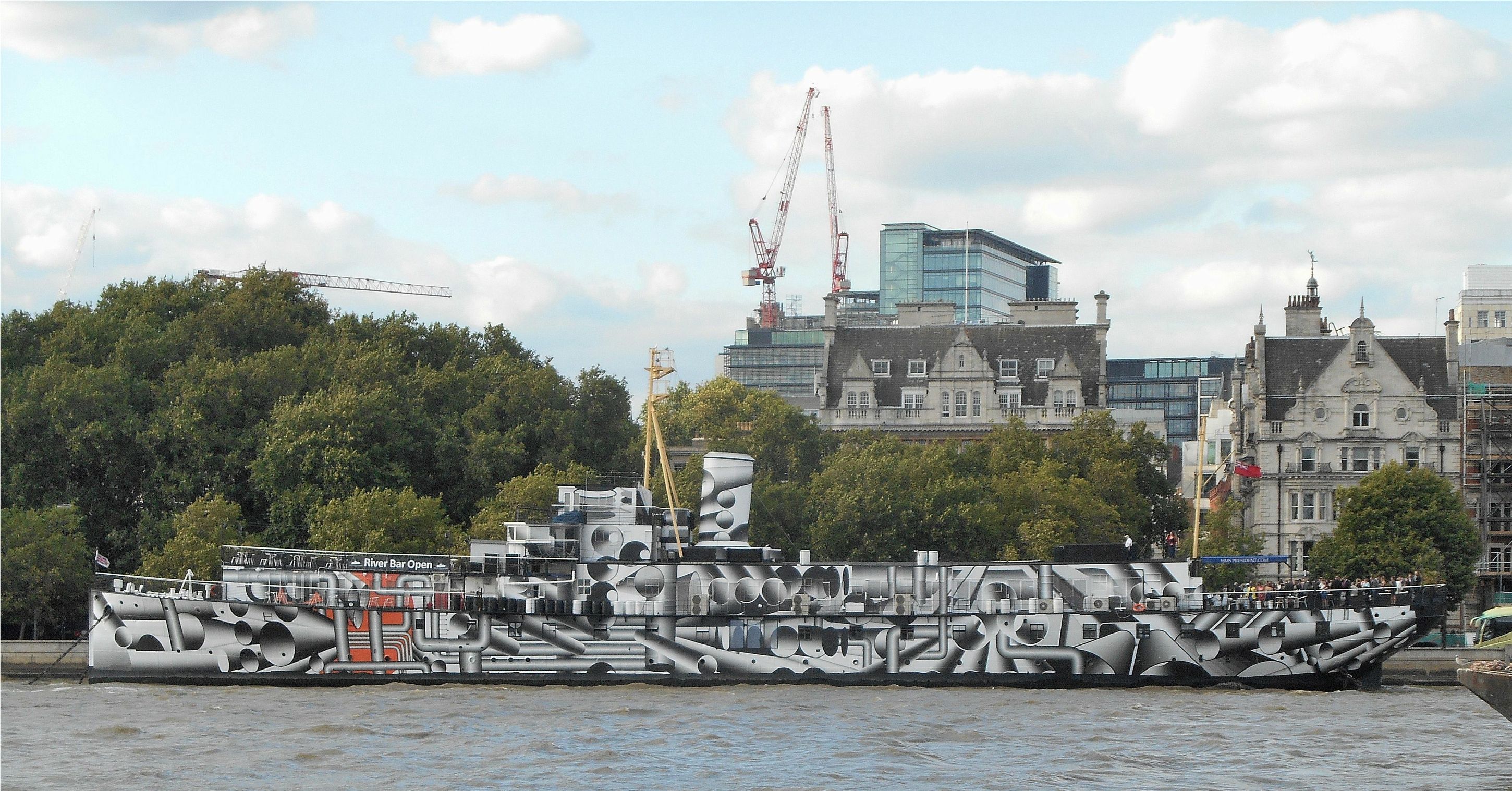 (Below) Liverpool's "Snowdrop" Ferry, in Dazzle paint, for the WW1 Centenary (design by Sir Peter Blake)
(Below) Liverpool's "Snowdrop" Ferry, in Dazzle paint, for the WW1 Centenary (design by Sir Peter Blake)
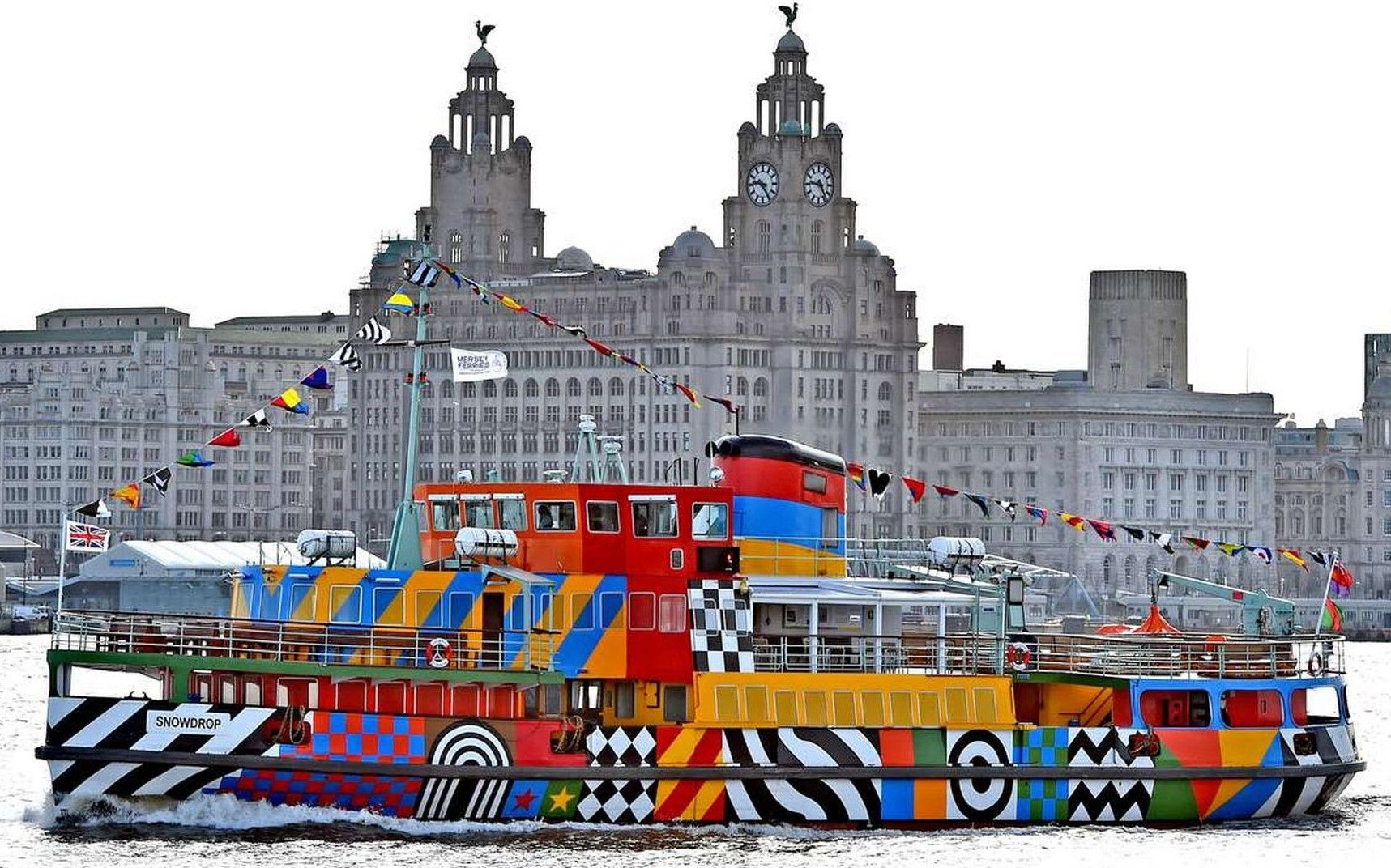
(Below - Dazzle Ship, Albert Dock, Liverpool)
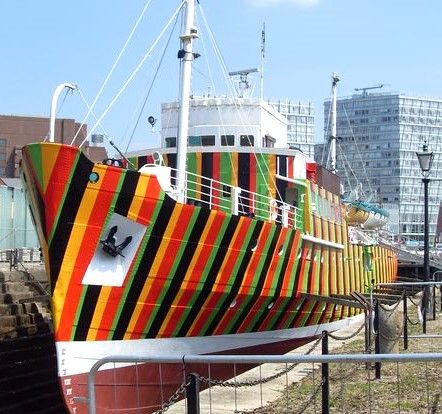
Norman Wilkinsonís dazzle designs have been compared to what in 1917 was considered a revolutionary movement in modern art, called cubism.
.jpg?448) Norman Wilkinson Norman Wilkinson
While there is an overlap in appearance between dazzle and cubist art, Wilkinson himself was anything but a modernist. He was a celebrated marine painter and talented poster artist.
He was commissioned to create paintings for the elegant smoking rooms on board the Titanic and the Olympic. Wilkinson was passionate about ships and the sea. It inspired him to travel from Europe, to the US, Bahamas and Brazil. He also produced beautiful landscape art. His work was used by The London & North Western Railway and London Midland & Scottish Railway to advertise their routes.
Wilkinsonís art now takes pride of place in collections including the National Maritime Museum,
Royal Academy of Arts and the Royal Society of British Artists.
Born in 1878, he studied at Portsmouth and Southsea School of Art, and found early work selling his drawings to newspapers. He built a career at the Illustrated London News before signing-up for the Navy after the outbreak of war in 1915. As a Royal Naval Volunteer Reserve lieutenant-commander, whilst on submarine patrol, he faced the dangers of the Gallipoli campaign, then returned to Britain in 1917 to serve on a minesweeping ship.
It was here that his idea for dazzle was born - a concept to camouflage allied ships to prevent them from being accurately targeted by a confused enemy !
"I suddenly got the idea that since it was impossible to paint a ship so that she could not be seen by a submarine, the extreme opposite was the answer - to paint her, not for low visibility, but in such a way as to break up her form and thus confuse a sumbarine officer as to the course on which she was heading."
Examples of their striking colours can be found at the collection of the Imperial War Museum, London.
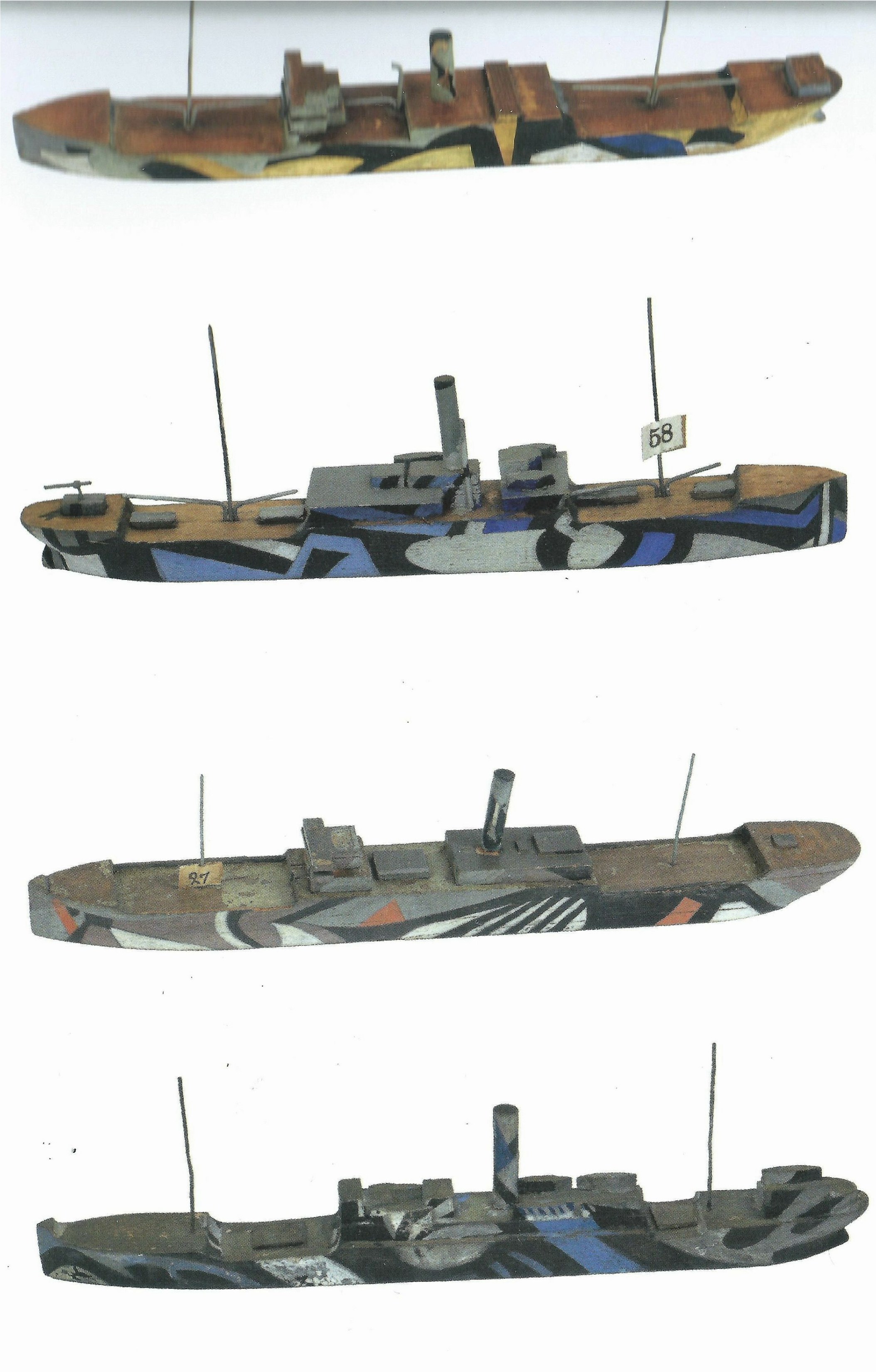
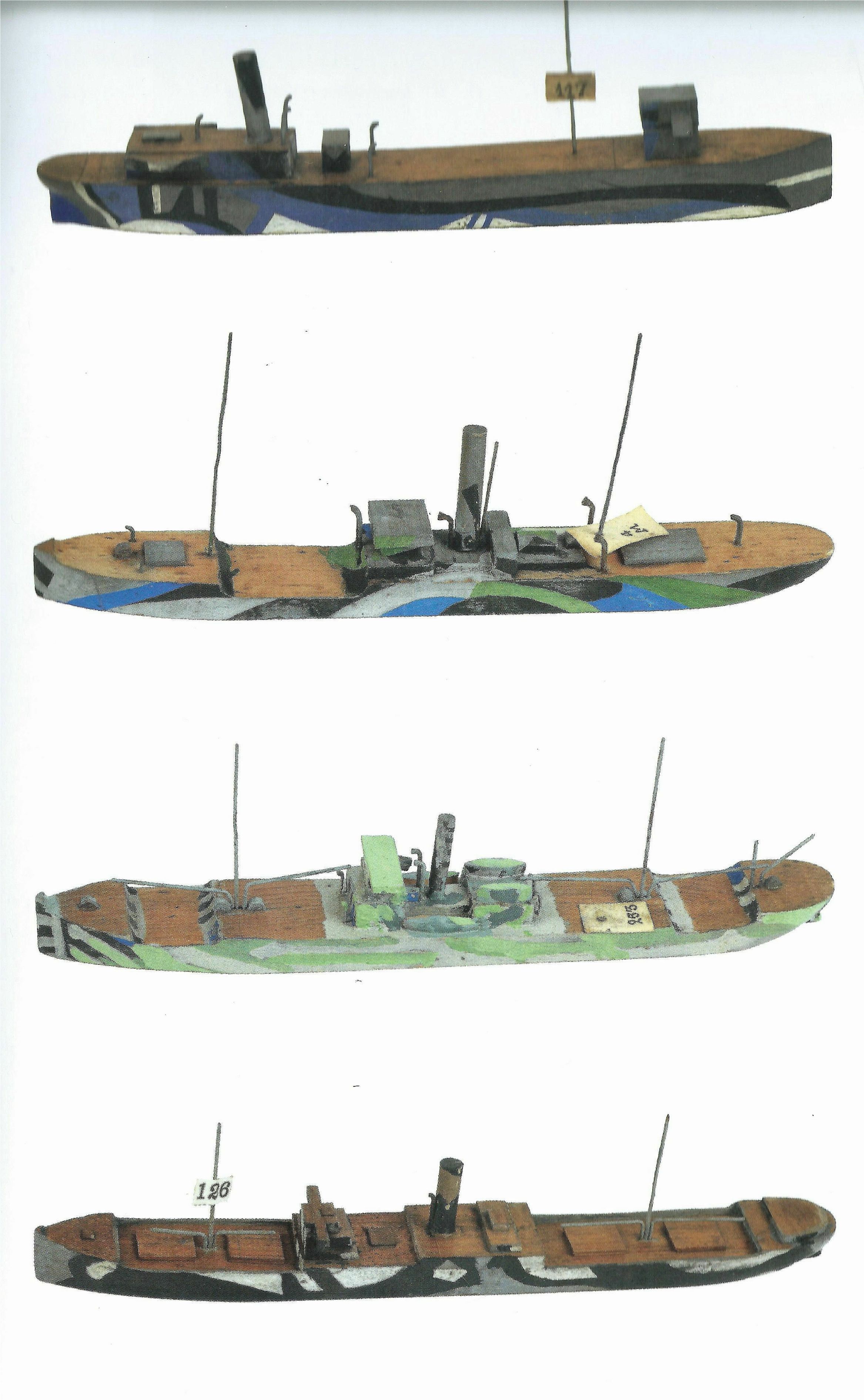
These were made by the Dazzle Section at the Royal Academy of Arts, at Burlington House in London. Scale models were painted and used to test dazzle designs. They were placed on a rotating turntable and viewed through a periscope. This allowed Wilkinsonís team to see how dazzle distorted a shipís form as if it were travelling in different directions. Wilkinson believed that using strong contrasts, with light and dark greys, blues and greens, was most effective.
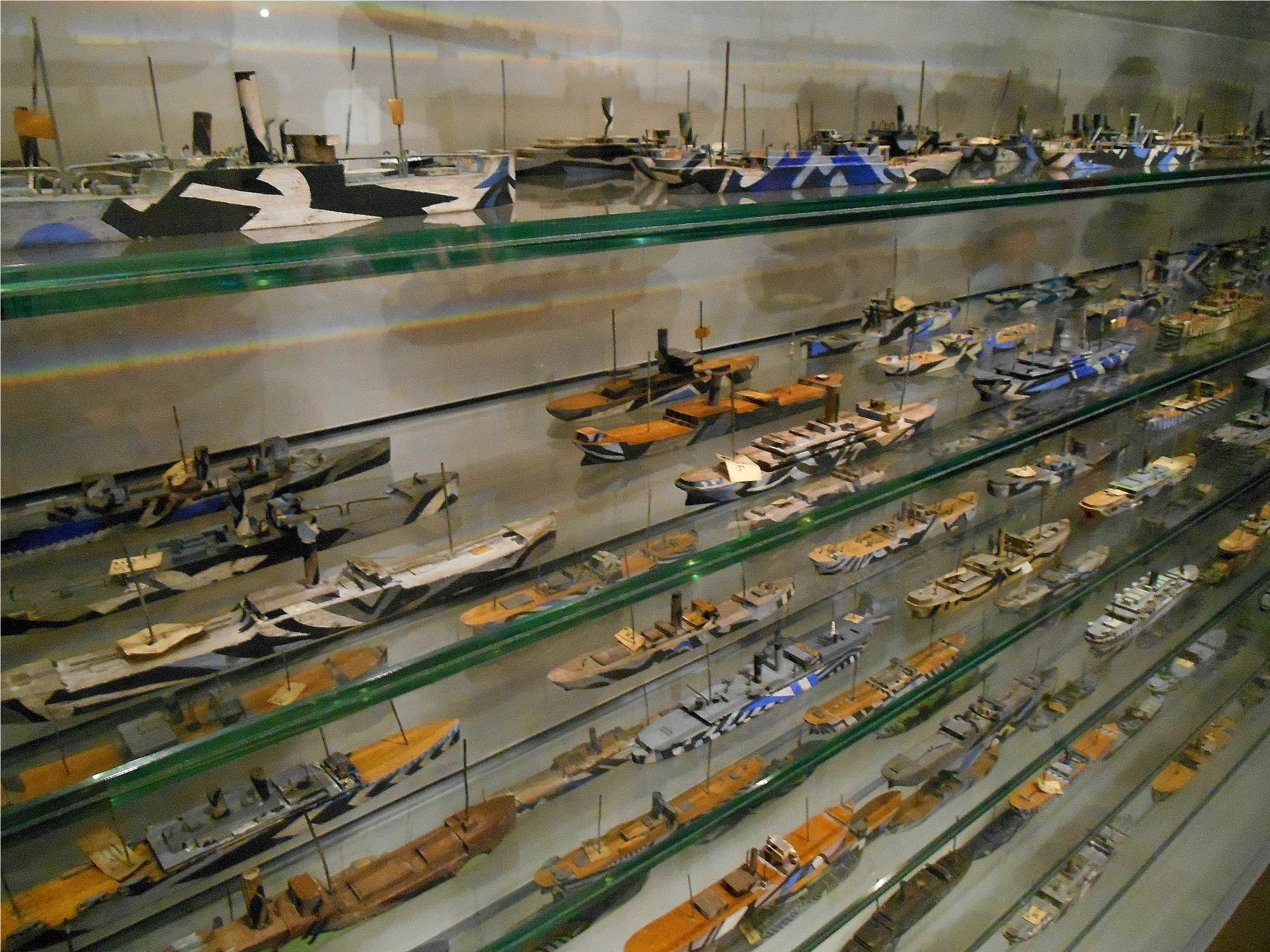
(below) Norman Wilkinson's Dazzle Section team members
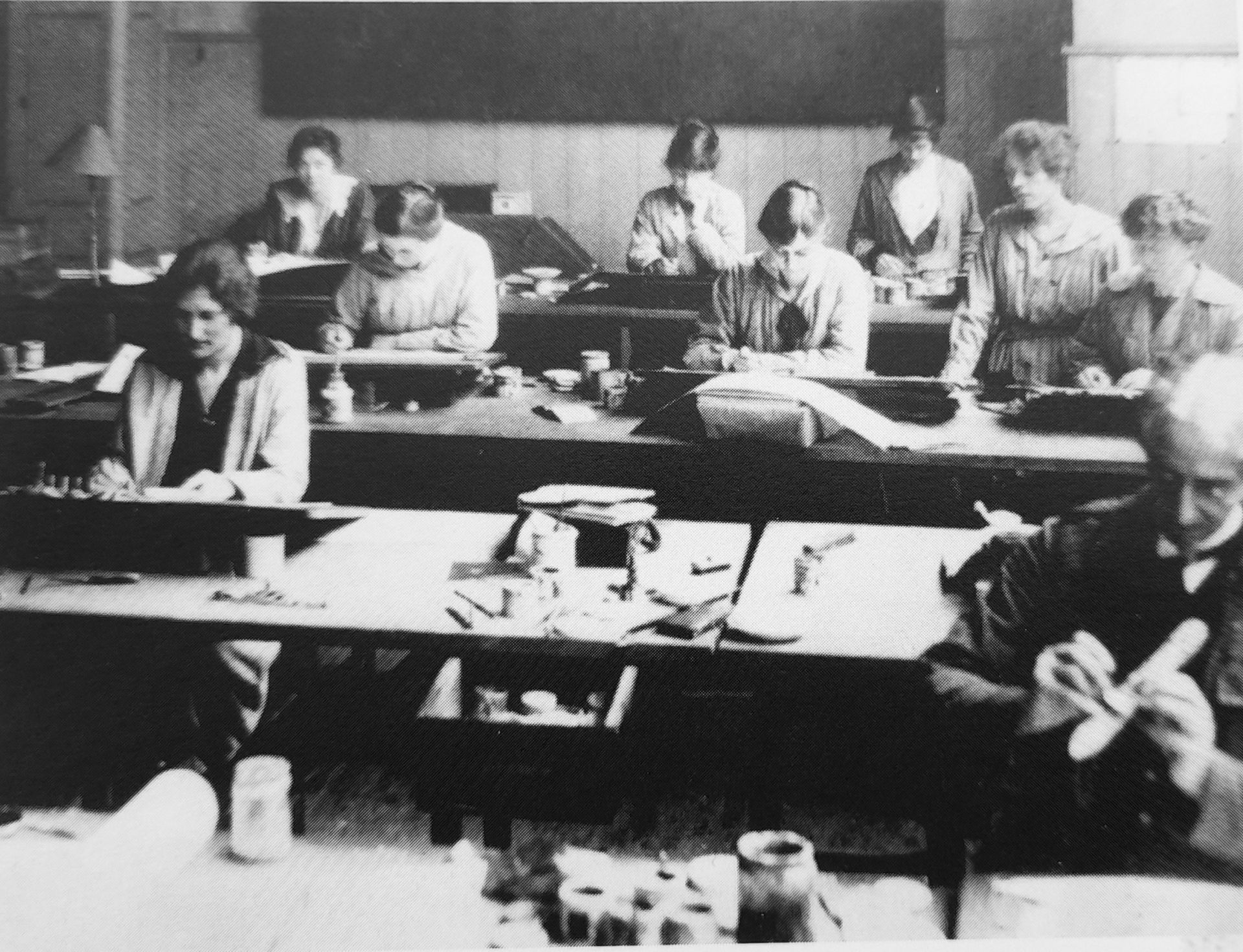
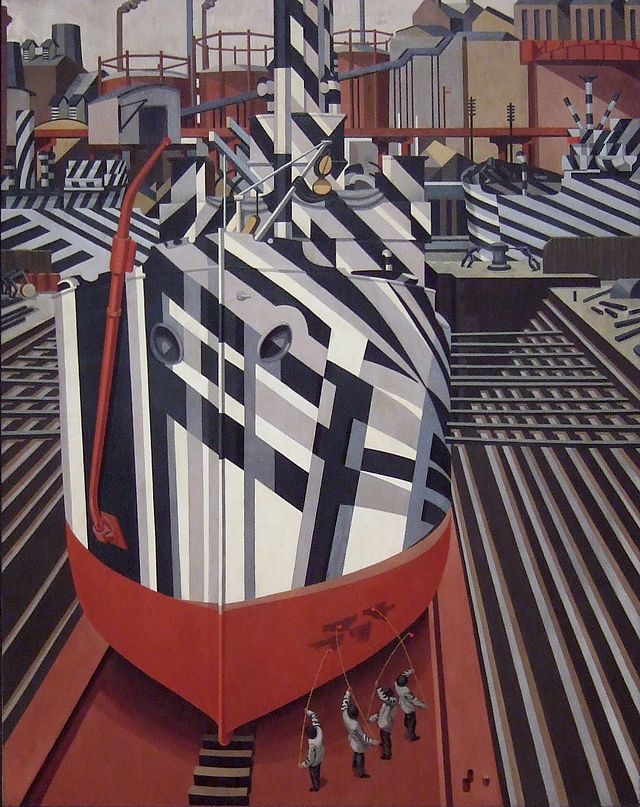
(above) "Dazzle ships in dry dock", Liverpool 1919 painting by Norman Wilkinson
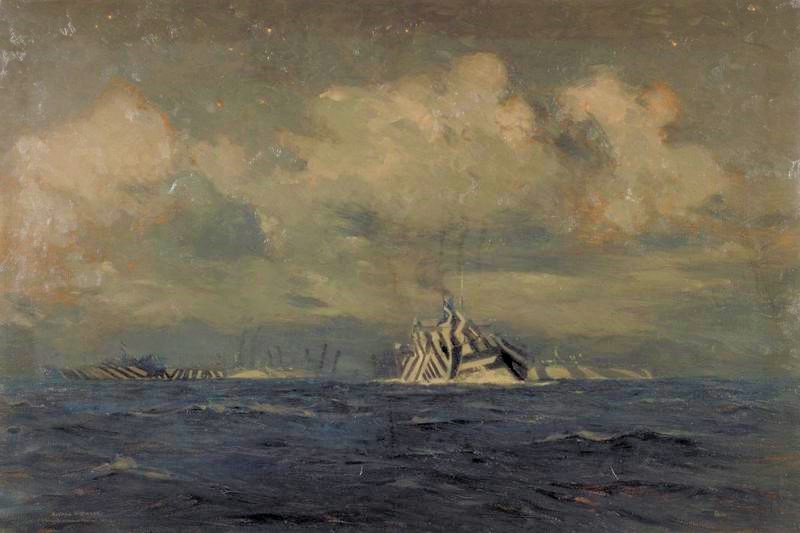
(above) "Moonlight", painting by Norman Wilkinson
Wilkinson appointed dock officers at ports around Britain. They supervised the painting of ships from the finished designs. One dock officer was the artist Edward Wadsworth. He was a founder of Vorticism - a British art movement that grew out of Cubism.
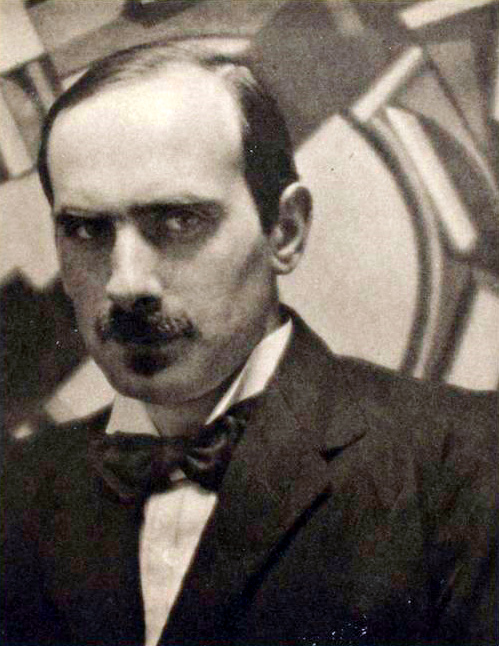
Edward Wadsworth
|
 |
| |
 |
|
